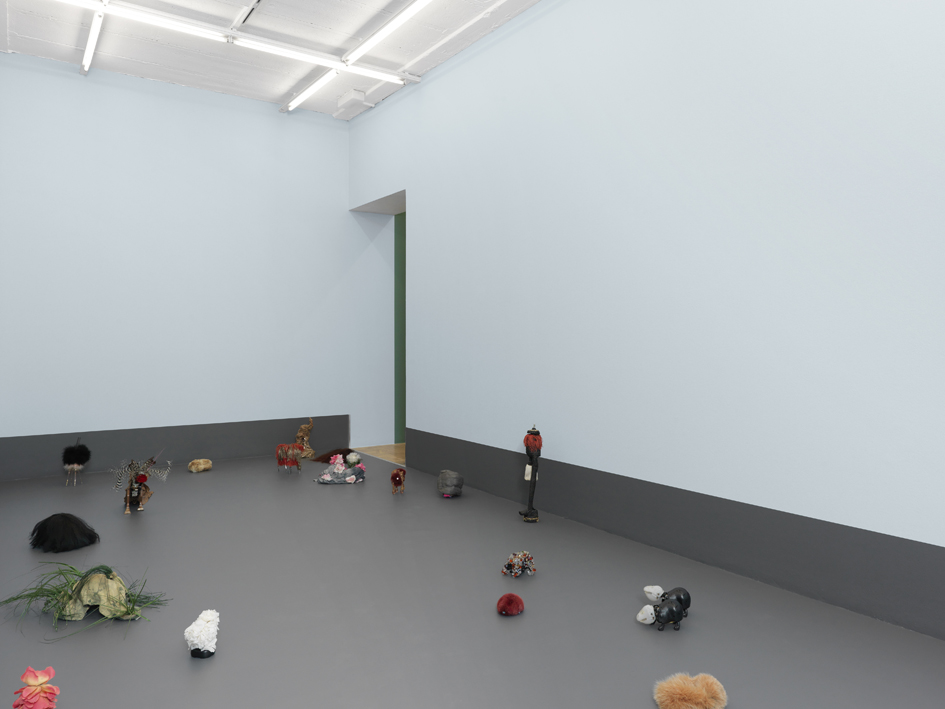
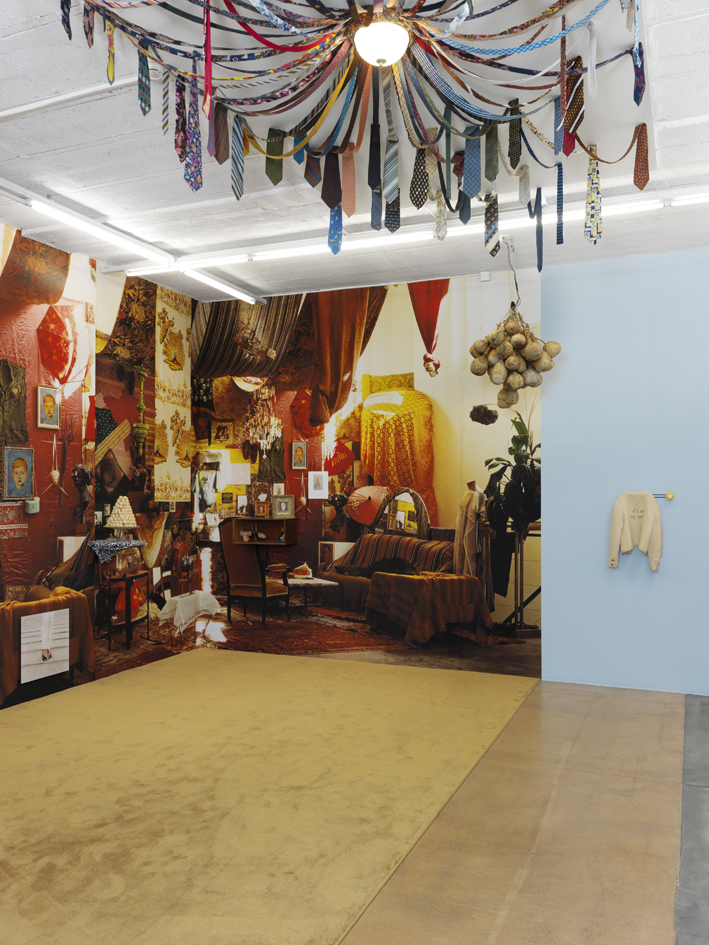
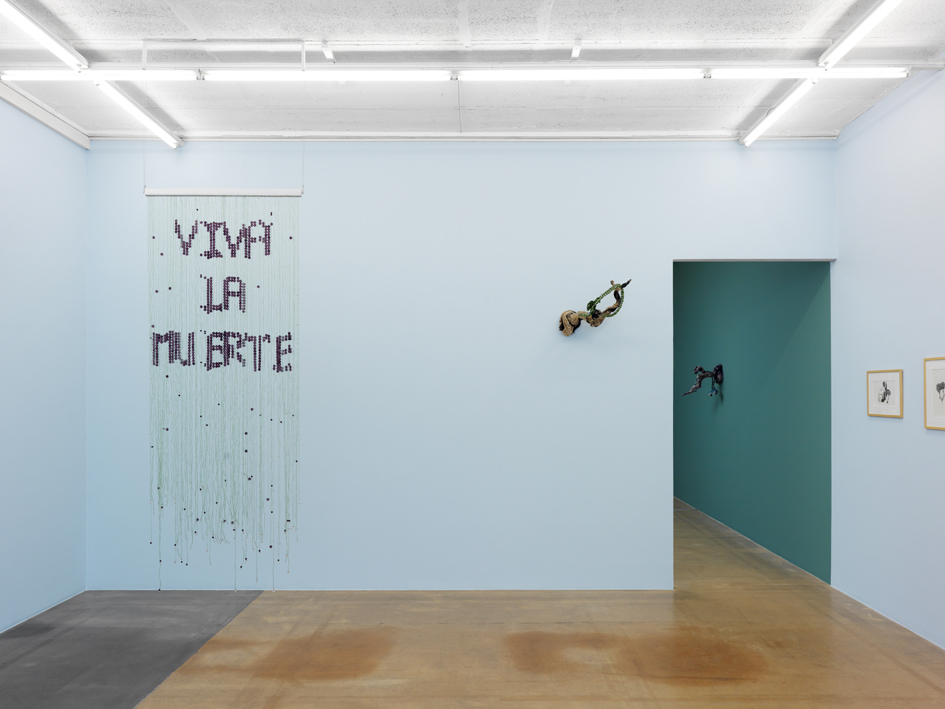

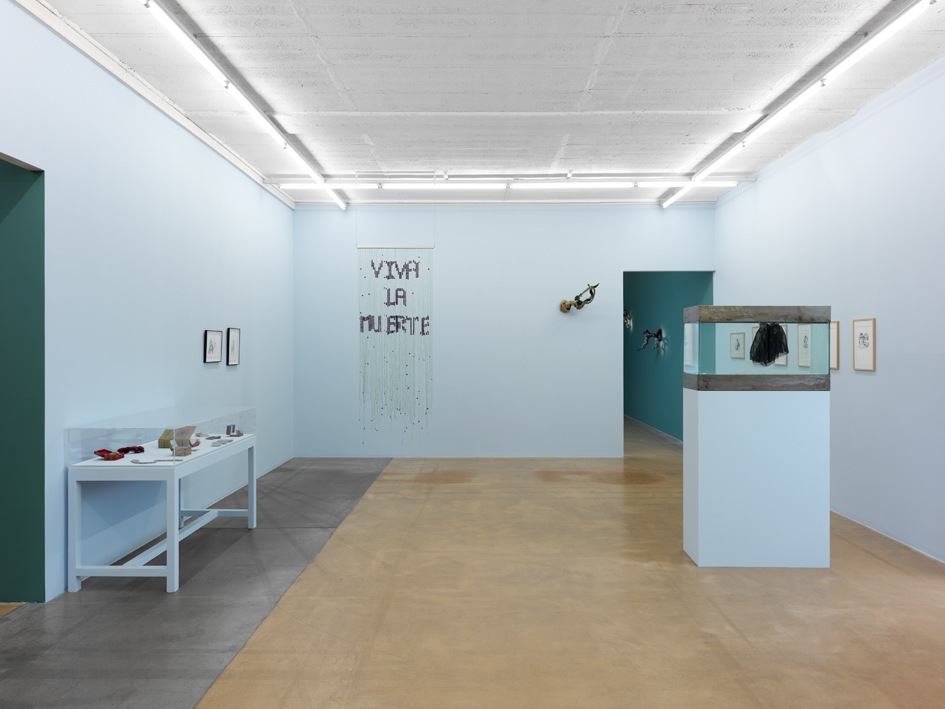
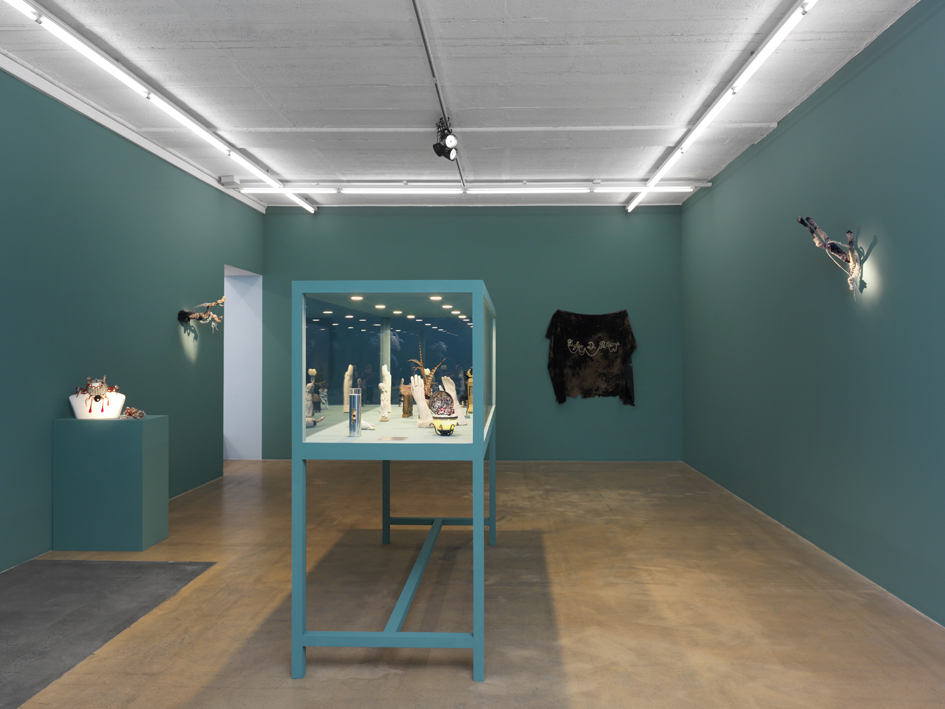
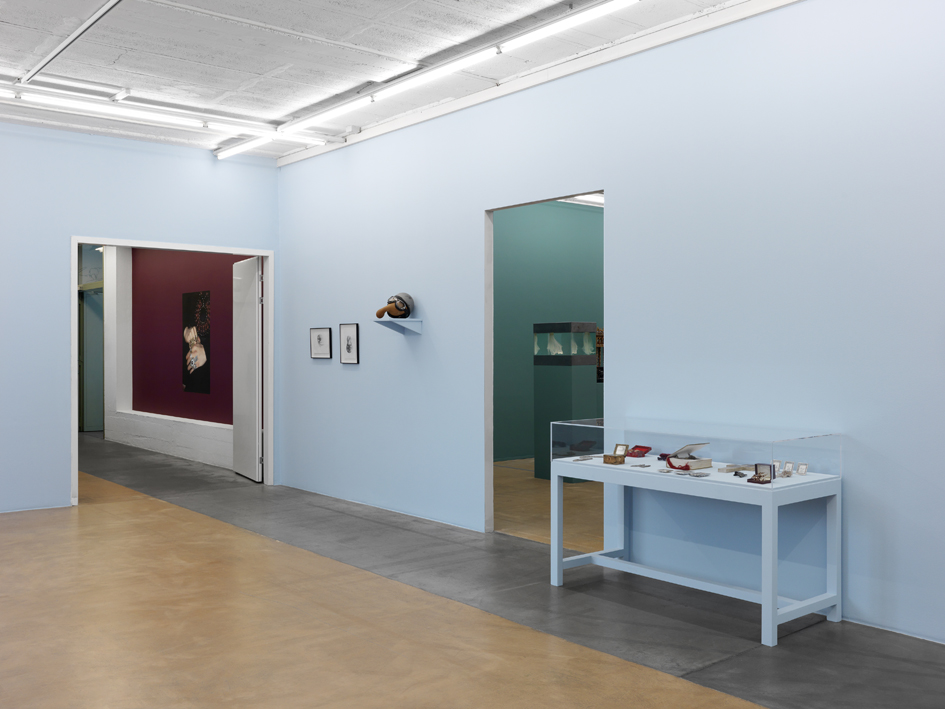
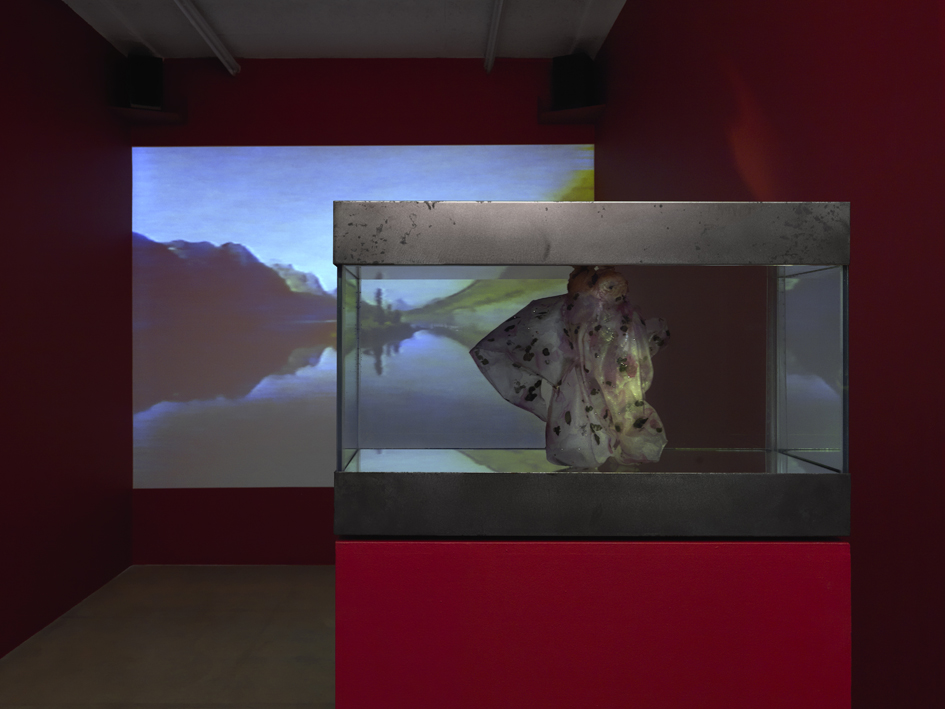
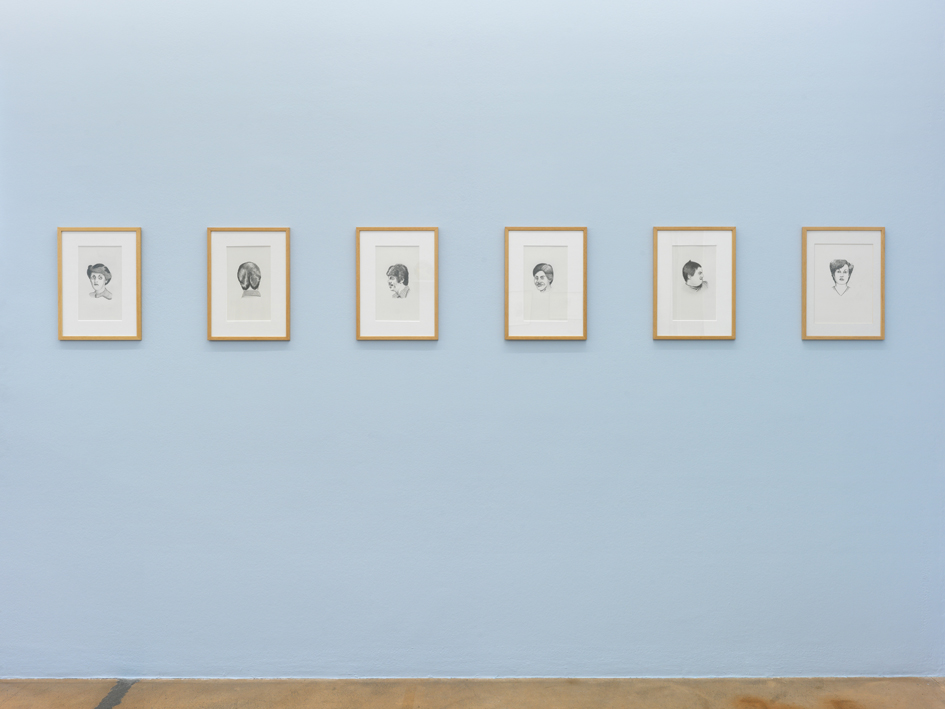
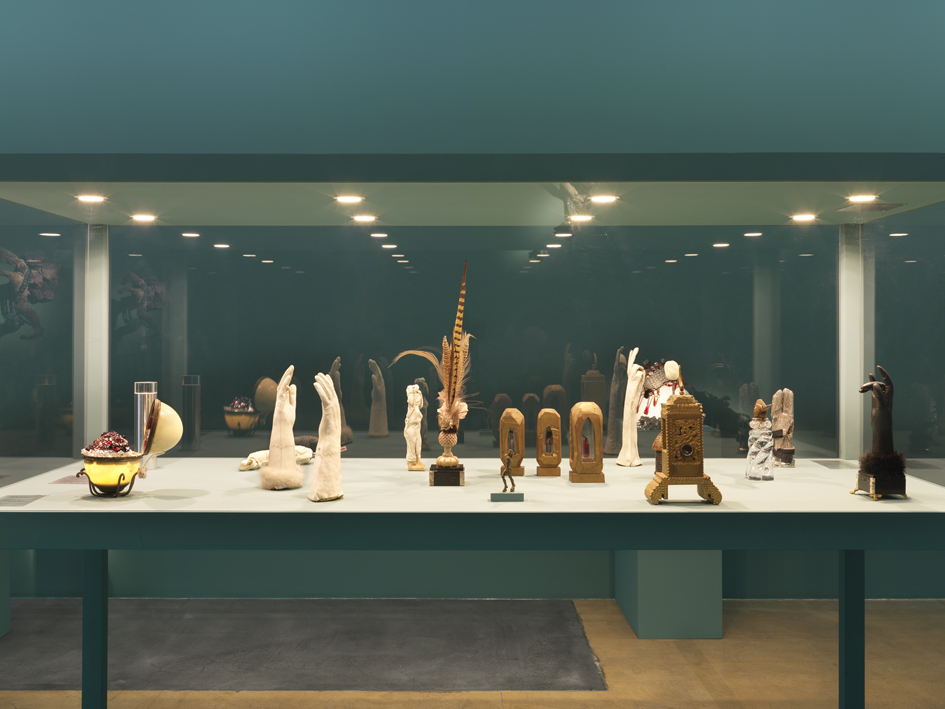
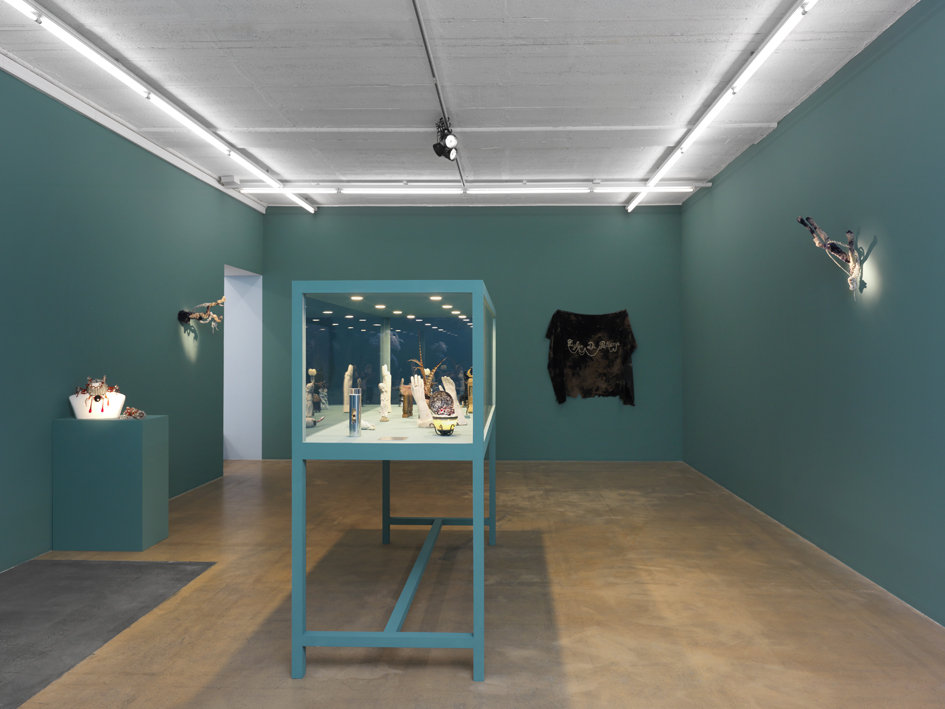
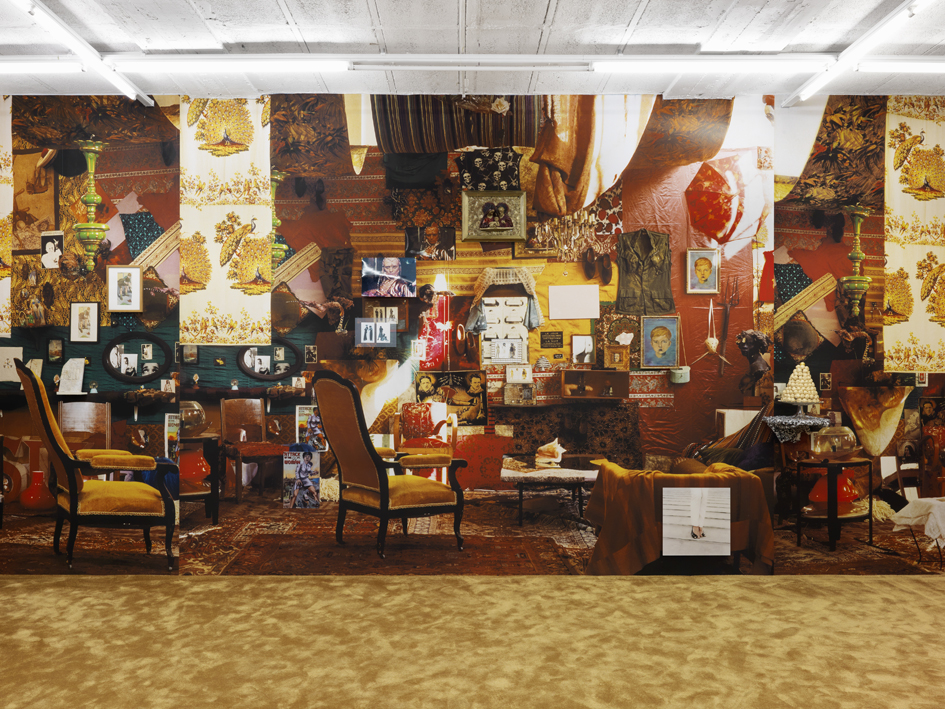
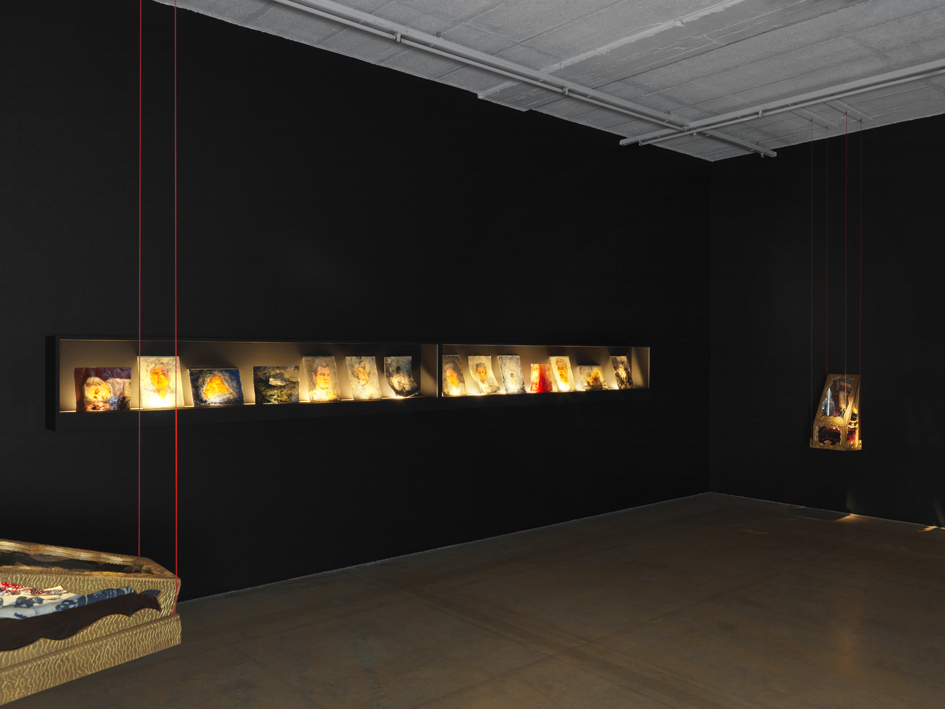
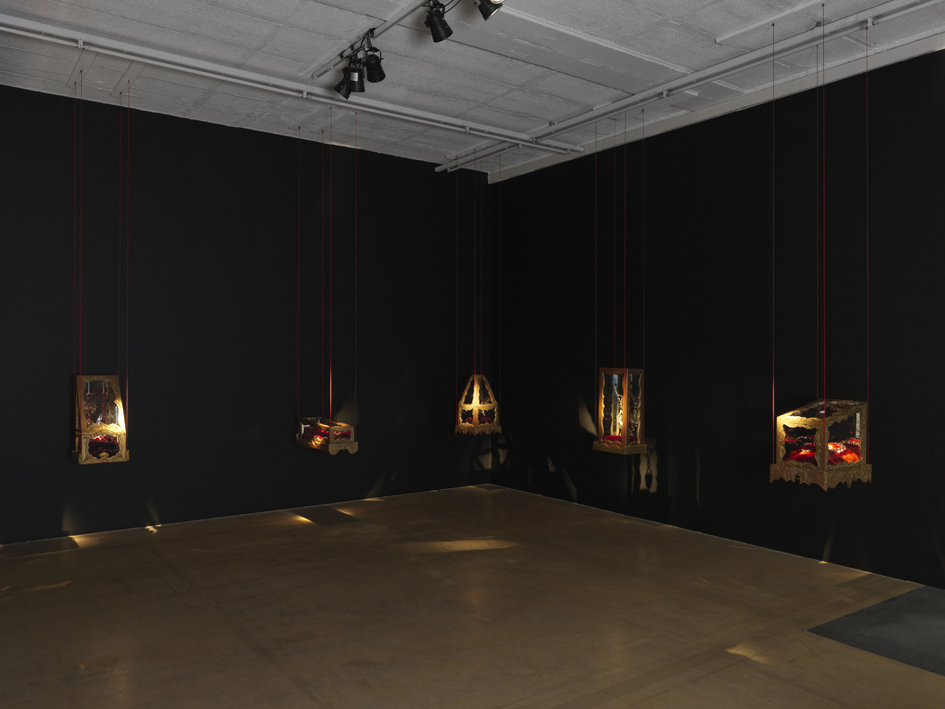
BRUNO PÉLASSY
MAMCO, GENEVA, SWITZERLAND
FEBRUARY 24 — JUNE 1, 2016
Bruno Pélassy's work spans a period of barely ten years. Affected by illness at a very early age, he died of AIDS at the age of 36. During this brief period, he succeeded in elaborating a singular aesthetic, carried by a body of work oscillating between the tragic and the burlesque, the eccentric and the refined, the graceful and the obscene, the meticulous and the precarious.
Trained in textiles and jewelry (he designed jewelry for Swarovski, among others), Bruno Pélassy gravitated to the Villa Arson in Nice in the early 1990s. He became close to a generation of artists who joyfully challenged sexual identities and demonstrated a taste for ornament in an artistic context still marked by the virile, formalist heroism of Supports-Surfaces.
In this milieu - which includes artists such as Jean-Luc Verna, Marie-Eve Mestre, Brice Dellsperger, Natacha Lesueur and Jean-Luc Blanc - Pélassy stands out for her craftsmanship in jewelry and finery. Beaded curtains and sculptures, dresses, statuesque gloves and intuitive assemblages are just some of the elements of this poetic “wonder”.
His name remains associated with two emblematic series: the “creatures”, elegant fabric dolls evolving in aquariums, and the “bestioles”, small sculptures dressed in eccentric costumes that never stop moving. The mute bewitchment of the former is matched by the rude arrogance of the latter. This bestiary is completed by snakes twisted on velvet branches. One of these, entitled Ouroboros, refers to the autophagous myth of self-destruction and renewal.
A morbid impulse runs through many of the artist's works. Presented at the center of the exhibition, his film Untitled, Blood Titled, One Hundred Titles compiles in a jerky arrangement extracts from films, documentaries and advertisements. The opening shot of Stanley Kubrick's Shining recurs like a ritornello, creating the sensation of an imminent nightmare. Edited by the artist with a VCR, the film is only available on VHS. The more it's shown, the more it deteriorates, the more the image and sound fade before disappearing. This process of corruption is echoed in the series of drawings We Gonna Have a Good Time, in which hair salon models are eaten away by disease.
An essential work in the artist's career, it is impossible to recreate it identically. Mamco has therefore invited the artists Brice Dellsperger and Natacha Lesueur to propose a “version” of the room, based on photographic archives and discussions with a number of witnesses from the period; a way of revealing the ties that united Pélassy with the Nice art community. It's worth emphasizing Ben's role as benefactor and occasional assistant to Pélassy, who gave the artist a great deal of support, notably through the purchase of numerous pieces. Bruno Pélassy also cultivated a taste for the occult, cryptic symbols and sacred objects. The reliquary series presents jewels and a jacket in baroque chests. Exhibited in a dark room, as the artist did in 1993, they are teeming with secret details and remain silent as to their possible ritual function. A year later, the artist created the Temple, which accumulates fetishes and is accompanied by a sibylline poem mixing Latin with French and English: hermeneutics will be in for a treat. In the final analysis, this protean, generous, eccentric and romantic work, shot through with genial intuitions, manifests, in the words of Didier Bisson, “the risk of living as well as the concern for the unknown, with the idea of also having to die”.

|

|

|

|

|

|

|

|

|

|

|

|

|

|
© Annik Wetter